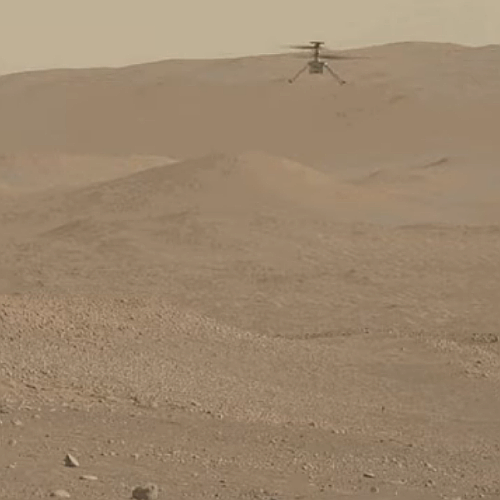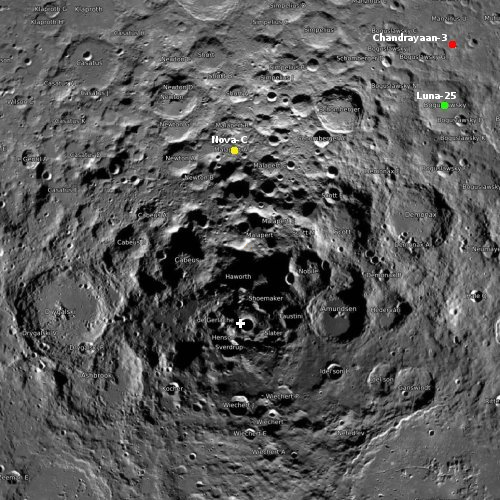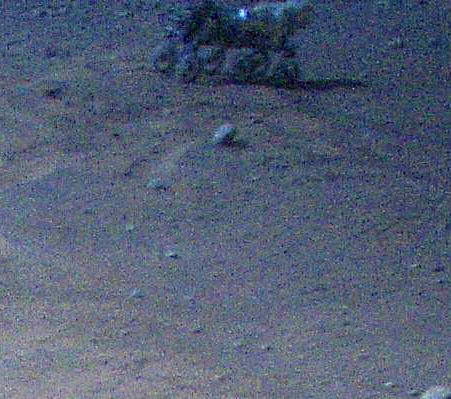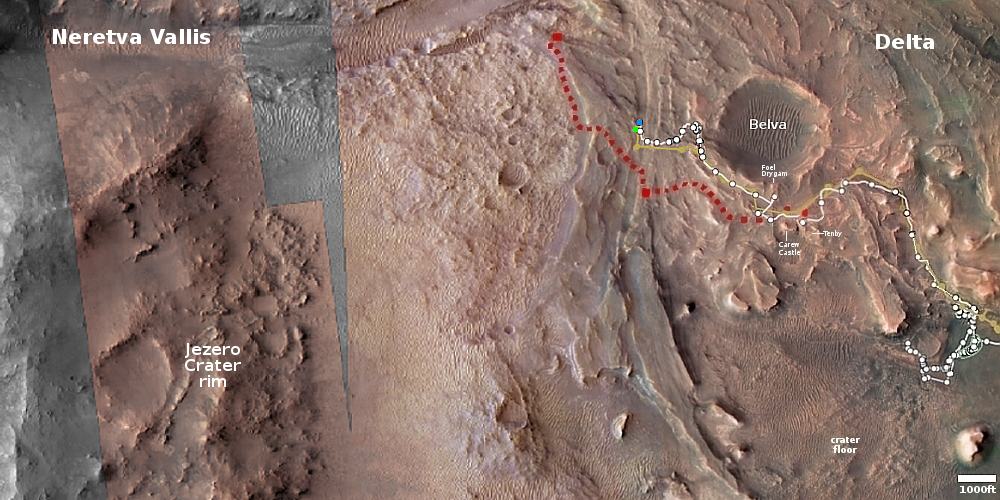China’s solid-fueled Kuaizhou-1A rocket launches five smallsats
China yesterday launched five smallsats using its solid fueled Kuaizhou-1A rocket, lifting off from its Xichang spaceport in the south of China.
It was the second launch from Xichang yesterday. Unlike the Long March 3B, which uses very toxic hypergolic fuels, the Kuaizhou-1A uses solid fuels in its lower three stages (the fourth in orbit is liquid-fueled), which are not as toxic but still somewhat unhealthy. As with the earlier launch, however, those lower stages crashed somewhere in China. No word whether they landed near habitable areas.
The leaders in the 2023 launch race:
55 SpaceX
35 China
11 Russia
6 Rocket Lab
6 India
American private enterprise still leads China in successful launches 63 to 35, and the entire world combined 63 to 57. SpaceX by itself now trails the entire world (excluding American companies) 55 to 57.
China yesterday launched five smallsats using its solid fueled Kuaizhou-1A rocket, lifting off from its Xichang spaceport in the south of China.
It was the second launch from Xichang yesterday. Unlike the Long March 3B, which uses very toxic hypergolic fuels, the Kuaizhou-1A uses solid fuels in its lower three stages (the fourth in orbit is liquid-fueled), which are not as toxic but still somewhat unhealthy. As with the earlier launch, however, those lower stages crashed somewhere in China. No word whether they landed near habitable areas.
The leaders in the 2023 launch race:
55 SpaceX
35 China
11 Russia
6 Rocket Lab
6 India
American private enterprise still leads China in successful launches 63 to 35, and the entire world combined 63 to 57. SpaceX by itself now trails the entire world (excluding American companies) 55 to 57.












